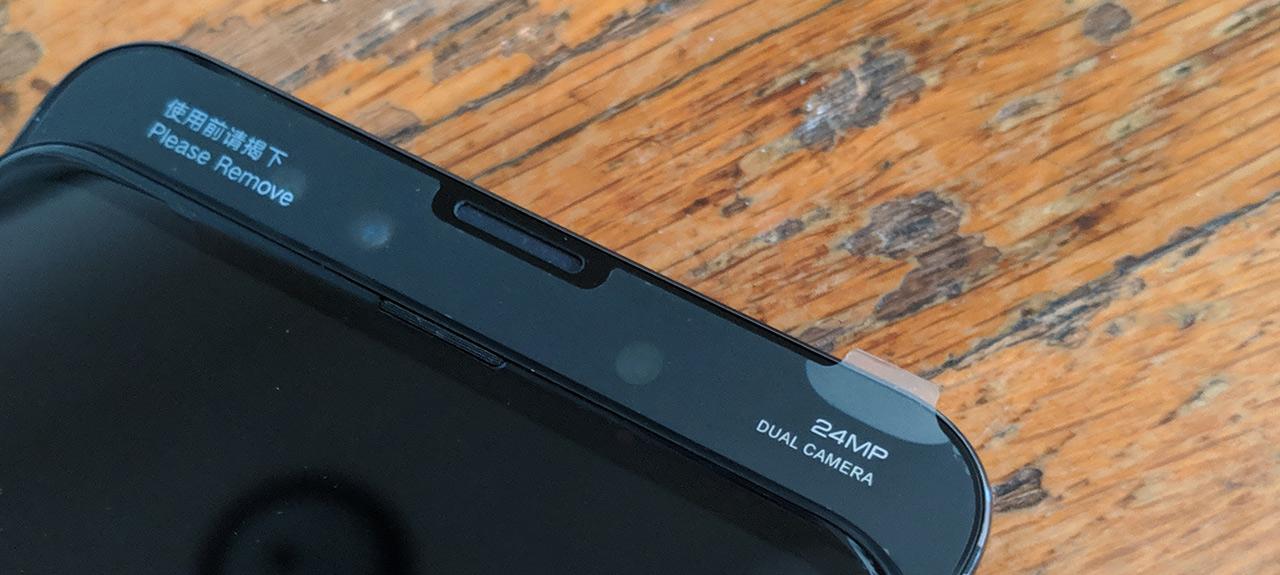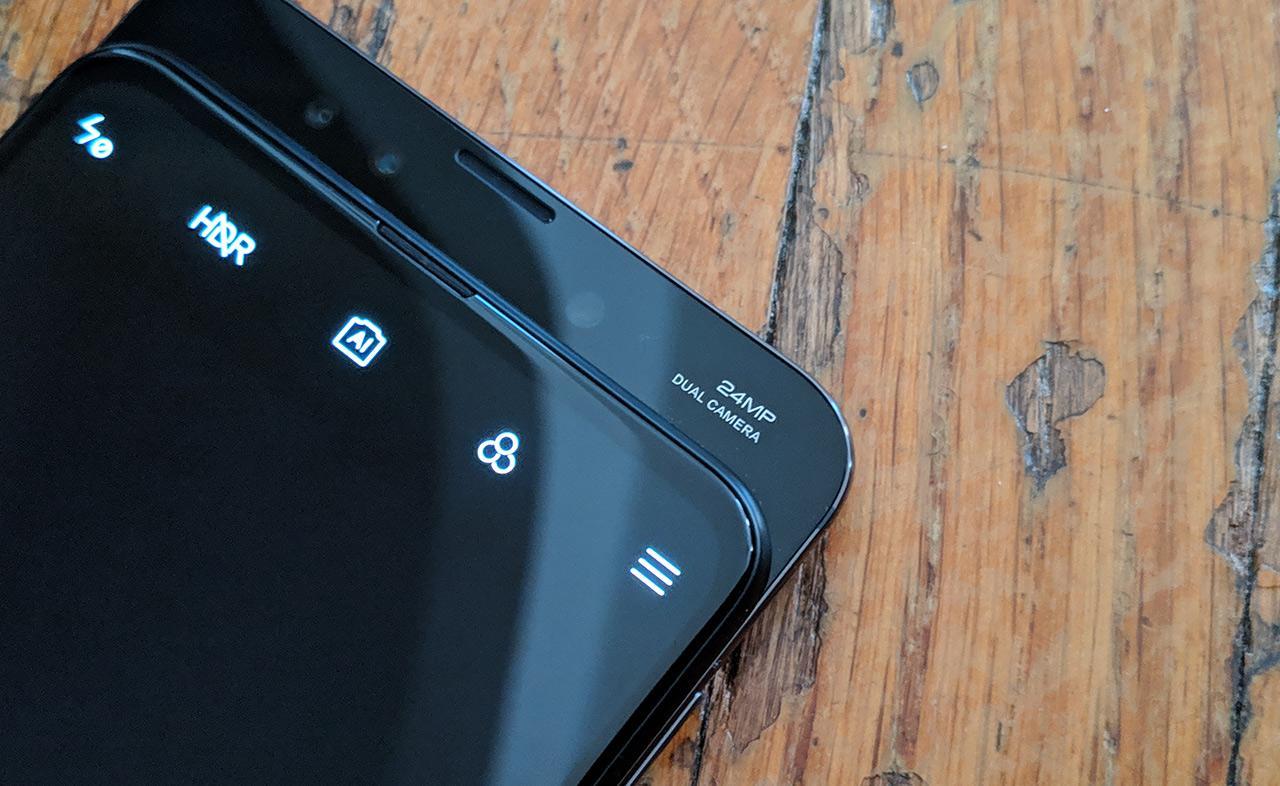Xiaomi Mi Mix 3 Review: Behold The Display Beast
- Decent battery life (especially for this size)
- Camera quality amongst best in market
- Full-coverage display is bright and sharp
- Frontside camera/sensors are gratefully hidden
- Simple, swift software
- No headphone jack
- No water/dust resistance
- Loudspeaker is just OK
- There's an Assistant button that never gets used
The Xiaomi Mi Mix 3 review you're about to read is centered on battery life, real-world use, and long-term viability. Some of this will need to be estimated based on the amount of time we've had the device thus far – we've not yet had the Mi Mix 3 for a long term. As we continue to use the Mi Mix 3, we'll continue to update the review.
Battery Life
It seems to me that everyone's been putting Battery Life too low on the list of smartphone review priorities, basically since the beginning. If there's one thing that throws off a good experience with a smartphone abruptly and fully, it's a dead battery. As such, here's where we begin.

The Xiaomi Mi Mix 3 has Qualcomm's Quick Charge 4.0+ as well as wireless charging, both of which are fully supported by the contents of the phone box. In the box you'll get a 18W wired charger (wall plug and cord) as well as a 10W wireless (Qi standard) charging plate/disk. Inside the Mi Mix 3 is a 3,200mAh non-removable battery.
Our tests yielded an average of 17 hours of up-time with around 5 hours of screen time. Battery time here is highly decent, even without considering the fact that the battery here is smaller than the average AAA smartphone on the market today. If you're going as drain-happy as you can, streaming videos on 4G LTE with the screen at 100% brightness, we're talking a couple of hours of use – right around the same as we've gotten on average with phones with 4000mAh batteries in the recent past.
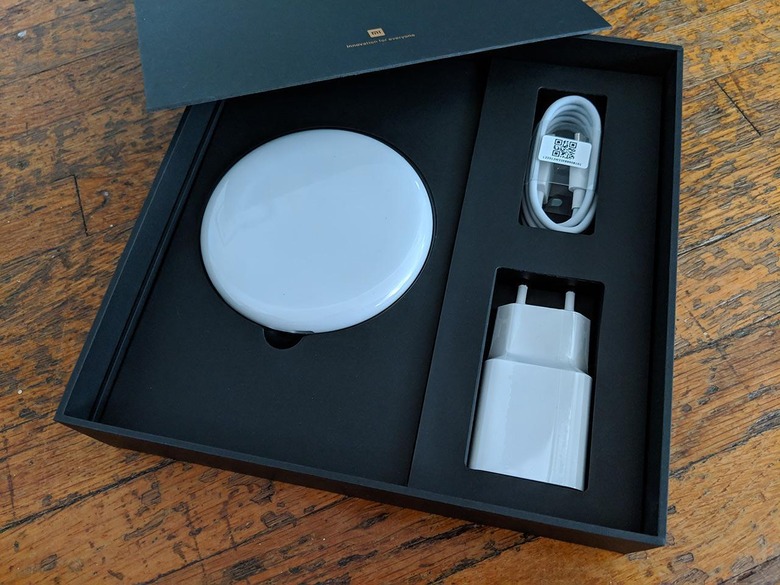
The cord and wall charger supplied with the phone charges up the phone from zero to around 50% in approximately 30 minutes. The wireless charger is made more for overnight charging, and charges right around half as fast as its wired relative.
Everyday Use and/or Concerns
The Xiaomi Mi Mix 3 brings a full-frontside display with bezels likely no larger than that of whatever phone you've got in your hands or pocket right now. If you're using a Galaxy S smartphone from the past couple of years, you might have smaller bezels on the left and right, but you'll also have curved edges too – so it's a whole different ballgame.
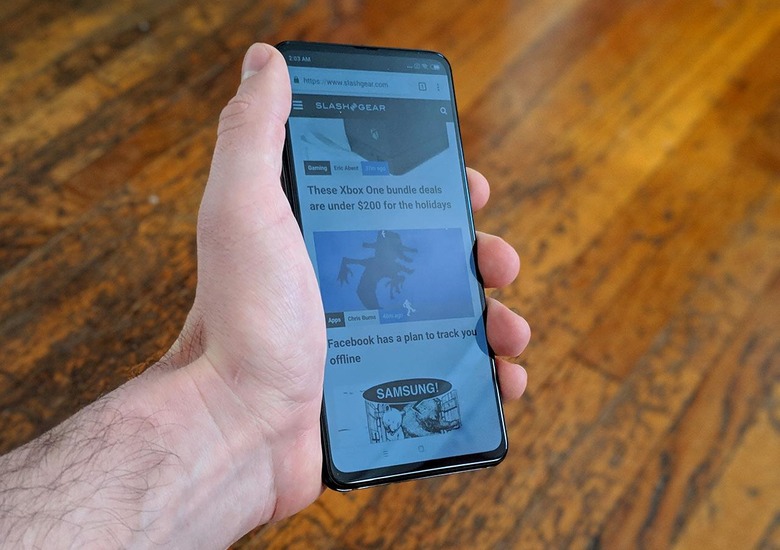
But assuming you're like the vast majority of the world's smartphone users, and don't care about the size of the bezels around the display, you should have no concern here whatsoever. Assuming you're just looking for a rectangular display on which to compute, communicate, and occasionally play, the Xiaomi Mix Mix 3 is an ideal phone.
The display here is AMOLED, which means its super bright and super colorful. Above you'll see how the display automatically allows apps to be displayed across it in its entirety. That's not the case for all modern phones, believe it or not. Take Hearthstone, for example – this app stops just below the notch on the Google Pixel 3 XL – for shame. Here on the Mi Mix 3, Hearthstone is shown from corner to corner.
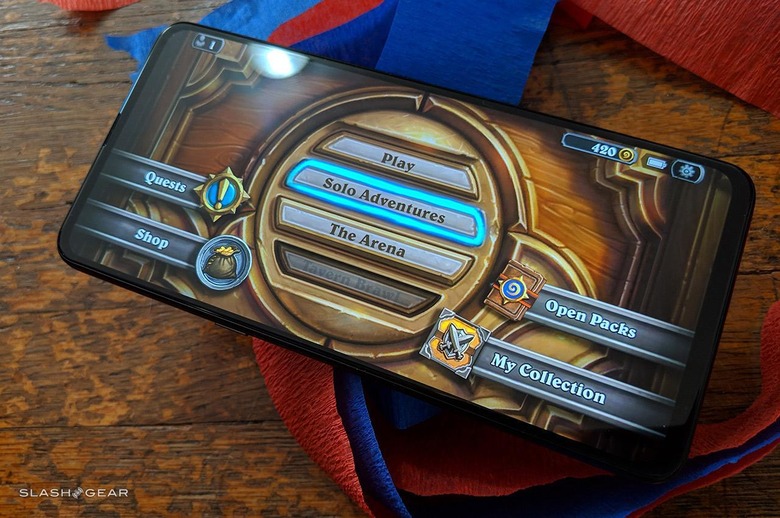
The processor inside is a Qualcomm Snapdragon 845 running with 6GB RAM. That should be more than enough for the average user to use any modern app as fast as any other phone on the market.

The phone comes with a simple case, the likes of which protect the sides and the back from scratches, but not so much so for the front. The case is small, thin, and black, and always very much appreciated. Until the rest of the industry catches up and starts supplying a basic case with every single phone right out the gate, I'll continue giving Xiaomi (and some other China-based brands) props for being thoughtful in this regard.
Xiaomi pre-loads MIUI software with this device, as it is with the majority of the rest of their phones, and it's not half bad. For the average user, the differences are negligible.
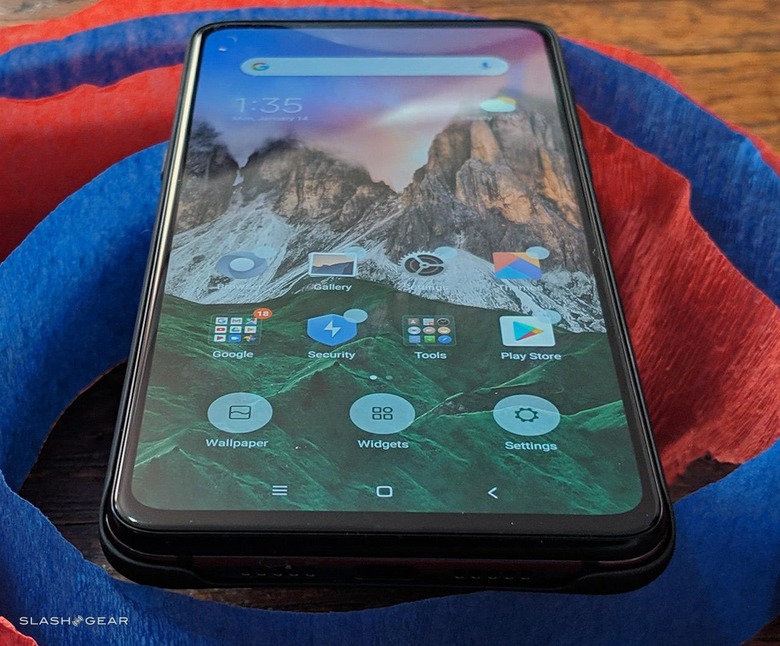
There's no headphone jack here, which is a major bummer. There's also only a single speaker blasting out the bottom of the phone, rather than the front – which can be a bit of a mess if you're always holding your phone in landscape mode to play games. The speaker is decently loud, and OK for the few situations in which I found it necessary to play sound publicly.
The most concerning element for me has been the relative ease with which the sliding backside seemed to activate in my pocket. Magnets are used to keep the slider in place (at least in part), and the magnet that tells the phone to wake up and activate a "just opened" action* is very, very sensitive. If I had no other object in my pocket with the phone, I had absolutely no issues with the phone's slider opening on accident. *One of several potential actions when the phone's slider is activated is a set of buttons like you see below.
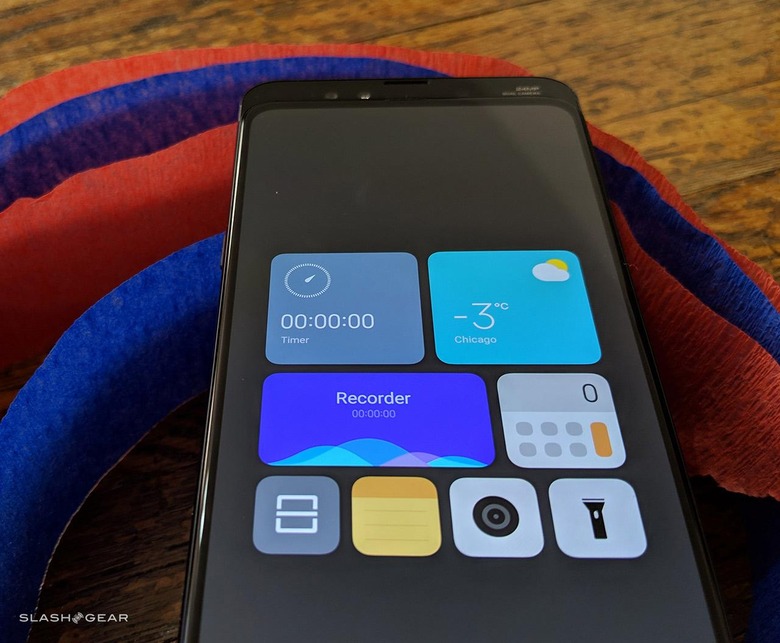
Like the Bixby button on a Samsung phone, the Assistant button on this Mi Mix 3 works, but I don't need it. I've never once used the button in normal, everyday life. I just don't use that button – it's just there.

UPDATE: I've seen some reviews appear saying the Xiaomi Mi Mix 3 is "heavy". The phone weighs 218 g (7.69 oz). That's 17 grams heavier than the Galaxy Note 9. In other words – insignificant. If you want a light phone, get a plastic burner – they're cheap!
UPDATE 2: Given the phones coming this year with in-screen fingerprint scanners and displays with punched holes for cameras, some might consider this phone to be lacking in some areas. I do not agree with that view. The fingerprint scanner on the back of this device works perfectly well, and I'd MUCH rather have a slider element on a phone with hidden cameras than a camera punched through a hole in my device's display.
Connectivity
I tested the phone primarily on the Verizon network and with wi-fi. Connectivity was just as quick here as it was with the Samsung Galaxy Note 9 I last tested on this same network. Call quality was similarly decent. Wi-fi connectivity was just as fast as any other modern phone with which I tested our local network – and the reliability of data connectivity was similarly reliable, no matter the location.
Camera
If you believe the most famous names in mobile camera ratings today, the Xiaomi Mi Mix 3 is within spitting distance of the number one spot in the world. That's saying something, given the phone's indistinctive look on its backside, and relative lack of lenses. But what's that you say? You don't need a massive abundance of camera lenses to take high quality photos, or to have the ability to take high quality photos?

Take a peek at the photos we've captured here and behold the variety of the results. I've attempted to take photos in a variety of lighting situations and in different environments, and will be adding to the gallery as we discuss this phone on Twitter and in the comments below.
Wrap-up
The Xiaomi Mi Mix 3 is a triumph of the modern mobile age, bringing a true full-coverage frontside display to the party, hiding its unnecessary frontside cameras in the process. Those users with absolutely no need for a frontside camera might have to wait another generation before the camera's removed entirely – but for now, this is the most ideal solution.

The Mi Mix 3 is not available for all users around the world, as it's made by a China-based company that does not generally release phones in markets like the United States. If you get the chance to get your hands on a Xiaomi Mi Mix 3, I recommend you take said chance.
OF NOTE: Make CERTAIN you're not accidentally buying a Mi MAX 3 when you're seeking out the Mi MIX 3. These are very different devices, and you don't want to accidentally flush $300 down the drain because you thought you found a shocking deal.
The Xiaomi Mi Mix 3 is set for release in the UK for £499 in Onyx Black or Sapphire Blue. There's a limited deal appearing right out the gate for £449 when it launches at 12pm on the 16th of January 2019. If you're buying from a source in China (online, even), you can find the device for around £445, shipped for free to the UK. This device isn't currently available on Amazon, but if you're getting one shipped to the USA through a source like GearBest, you can find this phone for around $550 USD.







